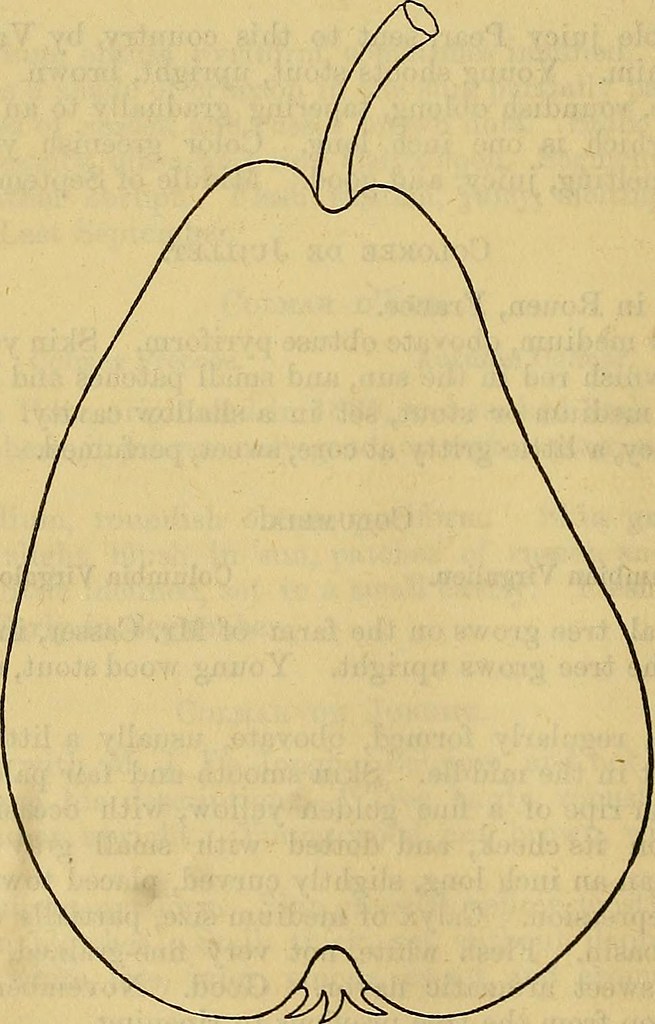Welcome to the Code Revolution blog! In today’s post, we’ll be diving into the fascinating topic of adding related videos and images into AI-generated content. And as a bonus, we’ll also be exploring how to use nested shortcodes to enhance your content creation process.
In a recent YouTube video titled “Add related videos and images into the AI generated content? Bonus tip: how to use nested shortcodes”, Sabi from Code Revolution discusses an intriguing aspect of the aiomatic plugin. He demonstrates how to combine aiomatic with Echo RSS or any other plugin to generate content from various sources. This opens up a world of possibilities for content creators looking to incorporate diverse perspectives and insights into their work.
By following Sabi’s step-by-step guide, you’ll learn how to leverage the nested content shortcode for aiomatic, enabling you to seamlessly integrate content from other plugins. Sabi illustrates this through an example using the Echo RSS feed generator. He demonstrates how to uncheck the active checkbox and use the shortcode provided to fetch generated content.
Furthermore, Sabi shows us how to use the shortcode within the aiomatic plugin itself. By copying the Echo RSS generated shortcode and adding it to the HTML text prepending and appending boxes, you can effortlessly include specific content in your AI-generated articles. This technique allows for a dynamic blend of AI-generated and curated content, resulting in a richer and more engaging reader experience.
The possibilities are endless when it comes to combining different plugins and leveraging nested shortcodes. Whether you’re creating content for your blog, website, or social media channels, this powerful technique can enhance your content creation process and help you stand out from the crowd. From YouTube and Twitch to Vimeo, Twitter, Instagram, and even Facebook, Sabi’s comprehensive plugin portfolio offers a multitude of options to explore.
So, if you’re ready to take your content creation game to the next level, let’s dive into this exciting world of combining AI-generated content with related videos and images. Get ready to unlock your creativity and captivate your audience with content that truly stands out. Stay tuned for the next sections where we’ll delve deeper into the tips and tricks Sabi shares in his YouTube video. Let’s get started on this captivating journey together!
Using Nested Shortcodes with AI Generated Content

In yesterday’s video, we discussed the nested content shortcode for aiomatic and how it can be used with other plugins such as Echo RSS. Now, let’s explore how you can generate content using the combination of these plugins. For example, suppose you have created a rule in Echo RSS that imports content from RSS feeds. If you only want to use aiomatic to generate content from this rule, you can simply uncheck the active checkbox in Echo RSS and use the suggested shortcode provided by the plugin.
To demonstrate this, let’s copy the shortcode generated by Echo RSS and navigate to aiomatic. In aiomatic, we will create an example article titled “How to Earn a Passive Income from Home.” In the HTML text prepending and appending text box, we can use the shortcode provided by Echo RSS. This way, we can identify the content that was generated by Echo RSS while also including AI-generated content. To complete the article, we can include a thank you message at the end.
Once everything is set up, we can run the importing process. After it finishes, we will see a mixture of tech-related content from TechCrunch (imported by Echo RSS) and AI-generated content in the article. By refreshing the page, we can see the article’s title and the combination of Echo RSS and AI-generated content. This demonstrates how the nested shortcodes can be used in conjunction with any plugin, allowing for unlimited possibilities and combinations. Feel free to explore my portfolio to discover more plugins for various platforms such as YouTube, Twitch, Vimeo, Twitter, Instagram, and Facebook.
How to Combine aiomatic with Echo RSS and Other Plugins for Content Generation

In yesterday’s video, I showed you how to use the nested content shortcode for aiomatic. However, I realized that I haven’t explained how you can combine aiomatic with Echo RSS or any other plugin that I created to generate content. So, let me walk you through the process and show you how you can incorporate content from other plugins using aiomatic.
For example, let’s say you’re using Echo RSS, a feed generator that imports content from RSS feeds. If you create a rule in Echo RSS and want aiomatic to generate content from it, simply uncheck the active checkbox in Echo RSS and copy the shortcode suggested by the plugin. This shortcode represents the rule and can be used in other plugins as well. In aiomatic, paste the shortcode in the HTML text box, and you’re good to go.
Now, let’s say we have an article titled “How to Earn a Passive Income from Home” and we want to combine content generated by both Echo RSS and aiomatic. In the HTML text prepending and appending section, we can use the Echo RSS shortcode provided, which represents the content generated by Echo RSS. We can then add a marker like ”Echo RSS” to identify the content created by that plugin. Similarly, we can add the “AI content” marker for the content generated by aiomatic. Additionally, if we want to include a “Thank you” message at the end of the AI-generated content, we can do so. Once we save and run the import, we will see a mixed article with the Echo RSS content and the AI content combined.
It’s important to note that you can use nested shortcodes with any plugin I created, and you can even combine multiple plugins to generate content. Whether it’s YouTube, Twitch, Vimeo, Twitter, Instagram, Facebook, or any other platform, feel free to explore my portfolio and discover the endless possibilities of content generation.
Utilizing the Echo RSS Shortcode in aiomatic for Generating Related Content

In yesterday’s video, we learned about the nested content shortcode for aiomatic and how to use it. Today, let’s explore how you can utilize the Echo RSS shortcode in aiomatic to generate related content.
By combining aiomatic with Echo RSS or any other plugin, you can easily fetch content from various sources and include it in the posts generated by aiomatic. For example, let’s consider Echo RSS, which imports content from RSS feeds. To use Echo RSS with aiomatic, you first create a rule in Echo RSS and generate a shortcode. This shortcode represents the rule and can be used in other plugins as well. With aiomatic, you just need to copy the Echo RSS shortcode and paste it into the HTML text prepending or appending textbox.
Now, let’s take an example. We have an article titled “How to Earn a Passive Income from Home.” In aiomatic, we’ll use the Echo RSS shortcode to include content from Echo RSS. To distinguish the content generated by Echo RSS, we can add a label like “Echo RSS” before the content. Additionally, we can append a “Thank You” message at the end of the AI-generated content. After saving and importing, you’ll see that the post contains a mixture of AI-generated content and the imported content from Echo RSS. By using nested shortcodes, you can combine multiple plugins and sources to create unique and diverse content for your posts.
Recommendations for Using Nested Shortcodes with Multiple Plugins for Enhanced Content Generation

In yesterday’s video, I showed you how to use the nested content shortcode for aiomatic. Today, I want to demonstrate how you can combine aiomatic with other plugins, such as Echo RSS, to enhance your content generation.
Let’s say you have created an example rule in Echo RSS to import content from RSS feeds. Instead of creating separate posts for this rule, you can simply use aiomatic to generate the content from it. To do this, uncheck the active checkbox in Echo RSS and copy the suggested shortcode. This shortcode can be used in other plugins as well.
For example, let’s go to aiomatic and paste the shortcode provided by Echo RSS. In the HTML text prepending and appending box, we can now use the Echo shortcode. This will prepend the content generated by Echo RSS to the AI content. You can also add your own text to further customize the generated content.
By using nested shortcodes, you have the flexibility to combine multiple plugins and create rich and diverse content. Whether you’re using plugins for YouTube, Vimeo, Twitter, Instagram, or any other platform, you can mix and match to your heart’s desire. Don’t limit yourself to just one plugin when you can unleash the full potential of your content generation. In conclusion, adding related videos and images into AI-generated content can enhance the overall quality and engagement of your posts. As demonstrated in the YouTube video by Sabi from Code Revolution, utilizing nested shortcodes allows you to seamlessly combine different plugins and generate content from various sources.
By using the example of Echo RSS feed generator, Sabi highlighted how you can incorporate content from RSS feeds into your AI-generated posts. By unchecking the active checkbox in Echo RSS and using the suggested shortcode, you can easily integrate the generated content into other plugins like AIomatic.
Sabi also showcased how to prepend and append text to the AI-generated content, creating a smooth transition between the content generated by Echo RSS and AIomatic. With the ability to combine multiple plugins, the possibilities are endless. From YouTube and Twitch to Vimeo and social media platforms like Twitter, Instagram, and Facebook, you can leverage various plugins to enhance your content.
So, whether you’re looking to boost engagement, provide diverse sources of information, or simply experiment with different plugins, incorporating related videos and images into your AI-generated content can take your posts to the next level. Remember, the key lies in using nested shortcodes and exploring the vast array of plugins available.
Feel free to delve into Sabi’s portfolio and discover the range of plugins he has developed. With the right tools and creative approach, you can create compelling and dynamic content that captivates your audience.